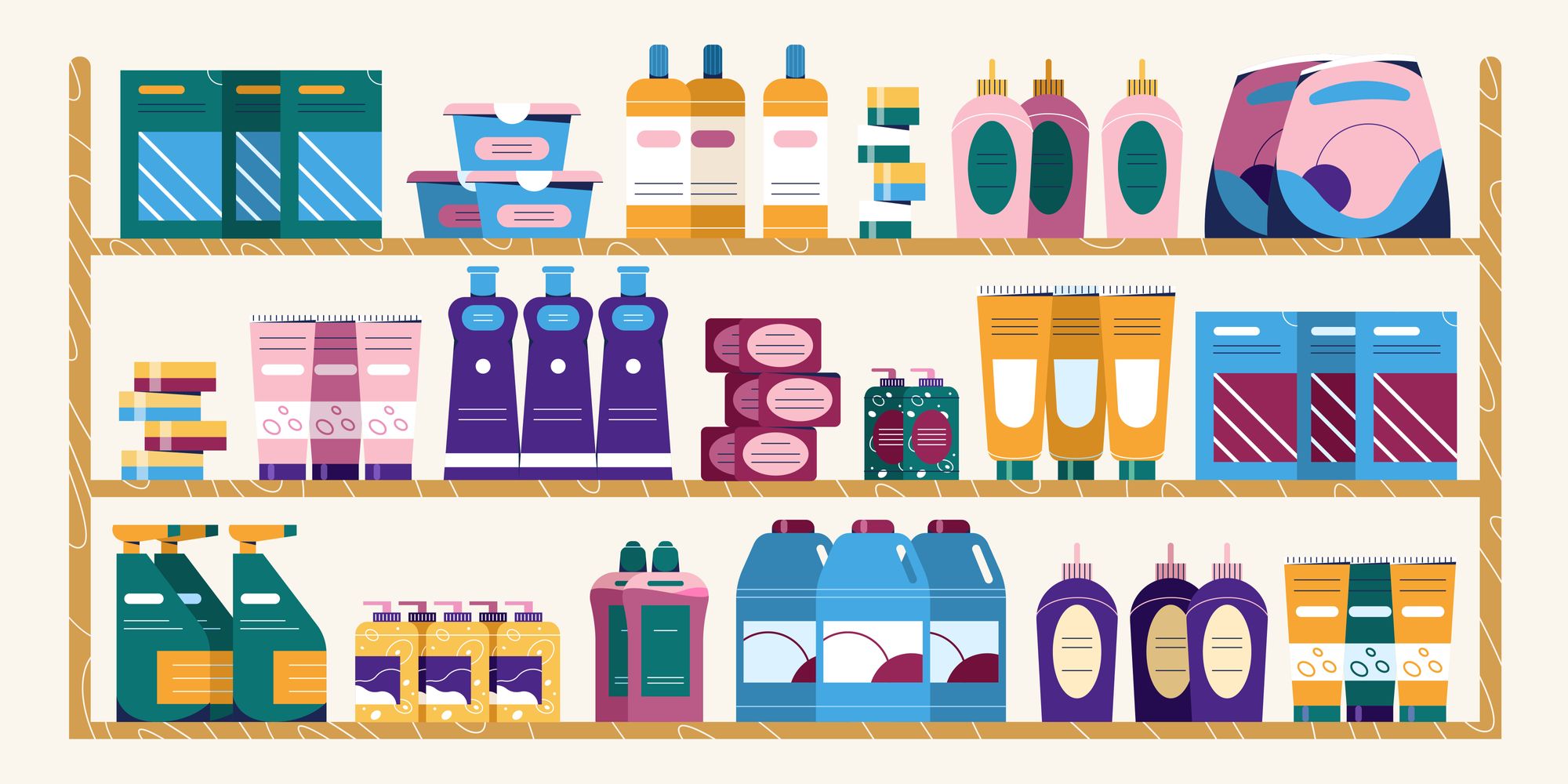
Turn your stores into customer magnets with optimal assortments. Boost sales and cash flows with Ariane 4S Assortment Optimization.
🎓 Definition
A Group of Products that addresses a consistent and homogenous customer need. A range is made of Products (also called items or articles), with a selling price used by customers to answer a consumption need. Then each product can have several variants (in size, color, and flavor). Each variant has a barcode and is called a SKU (Stock Keeping Unit).
For the Retailer, the Range needs to ensure that it maximizes Customers’ Choices and avoids duplicate items. If Customers are unwilling to switch from one product type to another, the Retailer needs to ensure that it provides Customers with a complete set of Range Widths before it provides customers with many options in that Range Depth.
The range focuses on Assortment, Display, and Pricing.
🧪 Example of Range
While a group of products will always designate a clear idea of what it represents (for example, anyone can understand what products are in Hair Care -Shampoo, Conditioner, Treatment, Coloring..., etc.), the way each Retailer will select its Hair care products is unique. So, each Range is unique and represents the DNA of the retailer and how it wants to address its Customer Needs.
For instance, the Hair product range in the Premium store will consist of high-quality and priced items or even imported brands whereas Savings Outlet would display items that are more budget-friendly price, sold in bigger quantities or local brands.
❓What Range is used for
1. Consider seasonality.
When it comes to certain SKUs, they may only perform at their peak during specific months of the year, and you need to consider that when ranging. Knowing this will help you determine how many times per year you need to review your range. Not only that, but it will also help you to understand your sales.
2. Look at your chosen Category Role
The role you choose plays a significant role because your product range needs to reflect it in-store.
For example, if you have given a category a Destination role, you must offer an extensive range of products throughout the year. If you don't, you're working against your chosen category role.
Likewise, if you've given a category a Seasonal role, you would only need to ensure that your range covers what your customers want during that particular season. You can reduce your product range and give space to other products or categories during the rest of the year.
3. Keep the Supplier/Retailer relationship in mind
Let's consider if you have a poor working relationship with your suppliers. If you have a bad relationship due to issues such as stock or inconsistency with pricing, you'll struggle to offer the products your customers want. That will not only affect your range - brands can pull out - but also your reputation as a go-to retailer.
On the other hand, let's consider when you have a good working relationship.
In the case of de-ranging products that affect your supplier, because you have a steady relationship, they could buy back any stock that isn't selling as well. These suppliers could also help you with logistics or even reduce prices so that you can place these products on promotion.
The same goes for listing products or planning to highlight their product to boost sales. If you can see that when a Supplier/Retailer relationship is a collaboration more than a rivalry, you can only gain from it.
How does a retailer determine the optimal range depth versus range width for a specific product category?
Retailers determine the optimal range depth versus range width based on a combination of factors. Range depth refers to the variety of choices within a particular product type, like different flavors or sizes of a product. Range width, on the other hand, refers to the variety of product types or categories offered. To strike a balance, retailers often analyze sales data, customer preferences, and market trends. They may also consider the seasonality of products and the specific roles assigned to categories. For instance, categories with a "Destination" role require a broader range width and depth throughout the year, while "Seasonal" categories may have a more focused range for specific periods.
Are there any best practices or methodologies recommended for retailers to evaluate and adjust their product range based on customer feedback or changing market trends?
Yes, there are several best practices that retailers can employ to evaluate and adjust their product range effectively. Regularly collecting and analyzing customer feedback is crucial to understand preferences and identify gaps in the range. Retailers can also use sales analytics to track the performance of different SKUs and adjust the range accordingly. Additionally, staying updated with market trends and conducting periodic reviews of the range can help retailers remain competitive and meet evolving customer demands. Collaborative planning with suppliers can also offer insights into potential product innovations or adjustments to enhance the range.
How can a retailer effectively balance between offering a diverse range of products to cater to various customer preferences and avoiding overwhelming customers with too many choices?
Achieving a balance between offering a diverse range of products and avoiding choice overload is essential for retailers. To do so, retailers can segment their customer base to understand different preferences and tailor the range accordingly. Clear in-store displays and categorization can also help customers navigate the range more easily. Limited-time promotions or featured products can highlight specific items without overwhelming customers with too many choices at once. Additionally, providing informative product descriptions and recommendations can assist customers in making informed decisions, ensuring a positive shopping experience while still offering a comprehensive range.